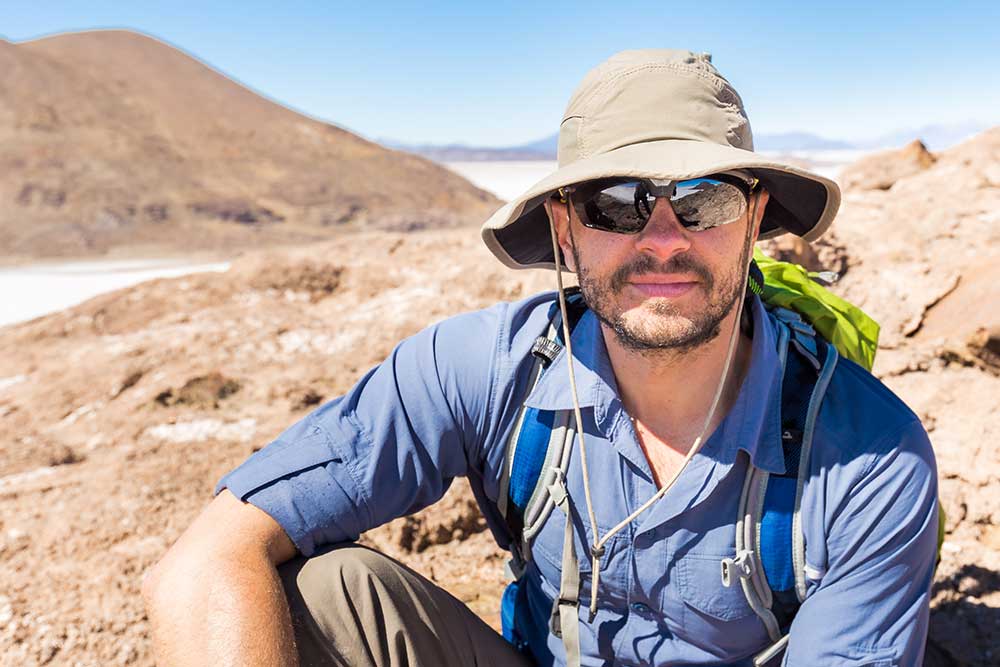All Categories
Featured
Table of Contents
Geophysical Services in Guildford Aus 2021

The primary model for the radial structure of the interior of the Earth is the preliminary referral Earth design (PREM). Some parts of this design have been upgraded by recent findings in mineral physics (see post-perovskite) and supplemented by seismic tomography. The mantle is mainly composed of silicates, and the limits in between layers of the mantle are constant with stage shifts.

This makes plate tectonics possible. Schematic of Earth's magnetosphere. The solar wind flows from left to right. If a planet's magnetic field is strong enough, its interaction with the solar wind forms a magnetosphere. Early space probes mapped out the gross measurements of the Earth's electromagnetic field, which extends about 10 Earth radii towards the Sun.
Inside the magnetosphere, there are relatively dense areas of solar wind particles called the Van Allen radiation belts. Geophysical measurements are normally at a particular time and location.
What Is The Best Degree Path For Becoming A Geophysicist? in Hocking Oz 2021
A three-dimensional position is determined using messages from 4 or more visible satellites and described the 1980 Geodetic Reference System. An option, optical astronomy, combines huge collaborates and the local gravity vector to get geodetic coordinates. This method only supplies the position in two collaborates and is more hard to utilize than GPS.
Relative positions of 2 or more points can be figured out utilizing very-long-baseline interferometry. Gravity measurements entered into geodesy since they were required to related measurements at the surface area of the Earth to the recommendation coordinate system. Gravity measurements on land can be used gravimeters released either on the surface area or in helicopter flyovers.
Sea level can also be determined by satellites utilizing radar altimetry, adding to a more accurate geoid. In 2002, NASA launched the Gravity Healing and Environment Experiment (GRACE), wherein 2 twin satellites map variations in Earth's gravity field by making measurements of the range in between the two satellites using GPS and a microwave ranging system. Satellites in space have actually made it possible to collect data from not just the visible light area, but in other areas of the electromagnetic spectrum. The worlds can be defined by their force fields: gravity and their magnetic fields, which are studied through geophysics and area physics. Determining the modifications in acceleration experienced by spacecraft as they orbit has actually allowed fine information of the gravity fields of the worlds to be mapped.
Geophysical Survey in Jolimont Oz 2023

Because geophysics is concerned with the shape of the Earth, and by extension the mapping of features around and in the planet, geophysical measurements consist of high precision GPS measurements. These measurements are processed to increase their accuracy through differential GPS processing. When the geophysical measurements have been processed and inverted, the interpreted outcomes are outlined utilizing GIS.
Lots of geophysics companies have created internal geophysics programs that pre-date Arc, GIS and Geo, Soft in order to fulfill the visualization requirements of a geophysical dataset. Exploration geophysics is used geophysics that typically utilizes remote sensing platforms such as; satellites, aircraft, ships, boats, rovers, drones, borehole sensing devices, and seismic receivers.
For circumstances, aeromagnetic data (airplane collected magnetic information) collected using standard fixed-wing airplane platforms must be remedied for electro-magnetic eddy currents that are developed as the airplane moves through Earth's magnetic field. There are also corrections related to modifications in determined potential field intensity as the Earth turns, as the Earth orbits the Sun, and as the moon orbits the Earth.
Geology Careers: Degree Requirements, Cost & Salary in Roleystone WA 2021
Signal processing involves the correction of time-series data for undesirable noise or errors presented by the measurement platform, such as aircraft vibrations in gravity information. It likewise involves the decrease of sources of sound, such as diurnal corrections in magnetic data., meteorology, and physics.
The magnetic compass existed in China back as far as the fourth century BC. It was not until excellent steel needles could be forged that compasses were used for navigation at sea; before that, they might not keep their magnetism long enough to be beneficial.
By looking at which of 8 toads had the ball, one could identify the direction of the earthquake.'s (1600 ), a report of a series of careful experiments in magnetism.
Geology And Geophysics - Careers And Employment in Yokine Australia 2021
In 1687 Isaac Newton published his, which not just laid the foundations for classical mechanics and gravitation Also described a variety of geophysical phenomena such as the tides and the precession of the equinox. The very first seismometer, an instrument capable of keeping a constant record of seismic activity, was constructed by James Forbes in 1844. Geochemistry, Geophysics, Geosystems. National Aeronautics and Space Administration. Retrieved 13 November 2018.
Runcorn, S.K, (editor-in-chief), 1967, International dictionary of geophysics:. Pergamon, Oxford, 2 volumes, 1,728 pp., 730 fig Geophysics, 1970, Encyclopaedia Britannica, Vol. Introduction to seismology (2nd ed.).
Latest Posts
Geophysical Surveys - U.s. Geological Survey in Wandi Western Australia 2023
Geophysics in Mount Claremont Aus 2020
Geophysical Survey in Casaurina Aus 2020